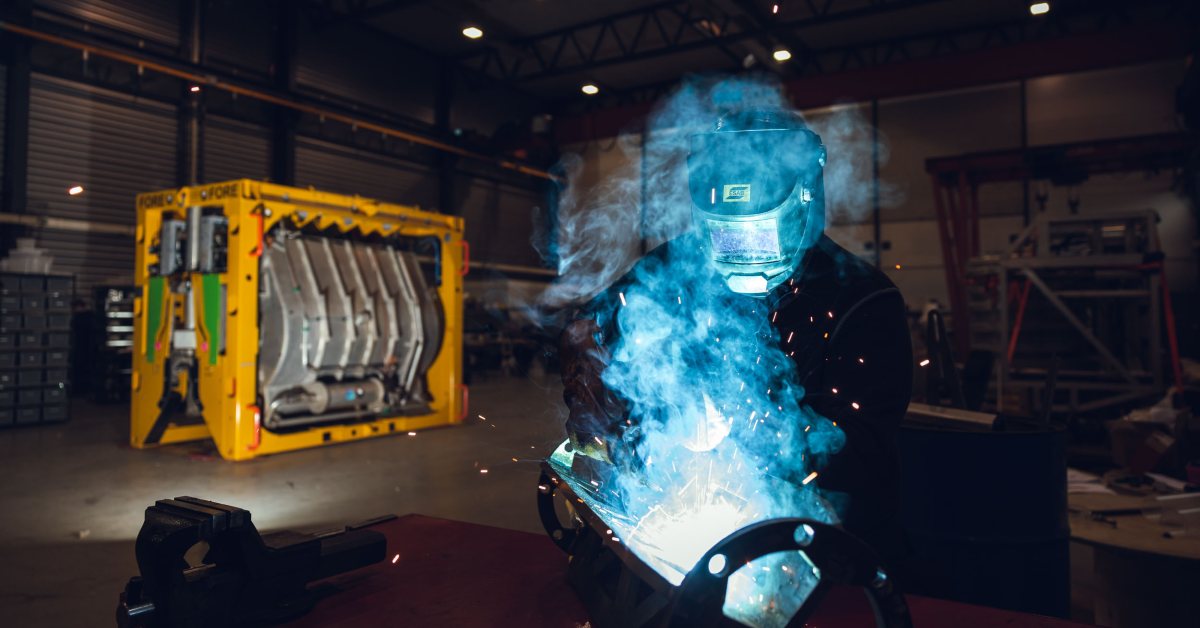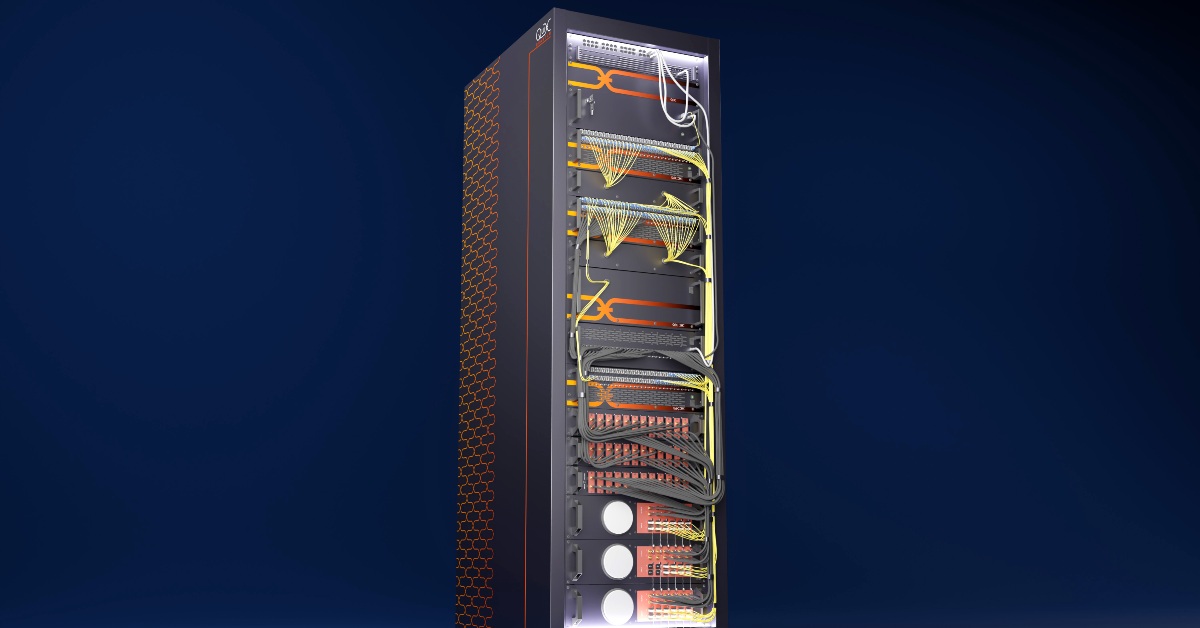The fate of digital currency is in a limbo after a stablecoin became unstable. TerraUSD, or UST, an algorithmic stablecoin has crashed almost 97 per cent from its 2022 high, raising concerns about the fate of digital currency or stablecoins tied to a real currency like US dollar. Terra began as an experiment that aimed to offer a cryptocurrency that behaved like a real currency and it did that by being pegged to a US dollar.
It was always supposed to be worth $1 but the stablecoin crashed amid a broader crash in crypto prices. From a stablecoin experiment to Terraflops, the crash has now raised concerns about the fate of decentralised finance. Here is everything you need to know about stablecoin, TerraUSD or UST, and the road ahead.
TerraUSD: what you need to know about this algorithmic stablecoin
TerraUSD, or UST, is an algorithmic stablecoin, a type of cryptocurrency tied to the value of a government-backed currency. As the name gives away, TerraUSD and other popular stablecoins are pegged to $1. Terra pegs its value to $1 by using a complex combination of code, trader incentives, smart contracts, and by working in conjunction with a cryptocurrency called Luna.
Another thing to know about algorithmic stablecoins is that they don’t have any collateral behind them. In the case of Terra, it worked by adjusting the price of Luna for any fluctuation in the price of Terra. The algorithms were designed to ensure that Terra was always equivalent to $1 worth of Luna.
By pegging the coin to a government-issued currency, the makers of stablecoins believed that more people would trade in these types of cryptos. For owners of Terra, every fluctuation in the price of Luna was an opportunity to trade between the two currencies and make profit in the process.
UST was introduced with the primary intent of making people feel that it is not difficult to transact a digital currency. The success of stablecoin like UST was also seen by many as a way towards building leadership in Decentralised Finance (DeFi), but its crash has left a lot of the early supporters underprepared for new scenarios.
Terra’s stumble has struck a chord with everyone, including US Treasury Secretary Janet Yellen. During a Senate hearing on Tuesday, she reiterated her view of crypto being a “significant risk” and the need for a stablecoin regulation.
Luna looked destined for success
As Bloomberg reports in its story, the future looked bright for Terra and its main backer Do Kwon, the CEO of Terra creator Terraform Labs. A consortium called the Luna Foundation Guard bought more than $1.5B in Bitcoin to shore up the peg for UST. This was aimed to act as a collateral for Luna, when it was trading at an all-time high of $119.
All of this was designed with the intent of keeping UST stable regardless of the impact on Luna. However, that dream shattered when TerraUSD or UST fell to a low of 60 cents and reached a further low of around 20 cents in another crash on Wednesday. The drop in peg of UST took its market value down from $18.4B to $5B while Luna also dropped to as low as $2.35.
In simple terms, Terra became destabilised, brought frustration and worried customers. The mechanisms planned by Terraform to keep UST failed in a dramatic fashion and Kwon is not immune from taking the blame. A new report has surfaced claiming that Do Kwon was one of the pseudonymous co-founders behind Basis Cash, a failed algorithmic stablecoin.
The fall of TerraUSD brings us back to the question of whether the idea of using software and not a collateral to maintain the $1 peg is even achievable. Kwon, however, feels this is a small misfortune event in the path of UST becoming the standard from DeFi and he aims to rescue his stablecoin by raising another $1.5B from new and old investors.
Do Kwon wants to rebuild the liquidity but Terraform Labs has struggled to win investor support. Terraform Labs, which powers the Terra blockchain, is backed by the likes of Galaxy Digital, Pantera Capital, and other players in crypto. Bloomberg reports that Nexo and Cashaa declined to participate in the bailout.
Crypto firm Celsius has tweeted that it “was not and is not involved” in any Luna bailout. Luna and Terra were proper crypto-dreams with DeFi lender Anchor Protocol once offering market-bearing rates of up to 20 per cent to traders willing to deposit UST on its platform. The same platform has proposed cutting interest rates to a minimum of 3.5 per cent.
The total amount deposited on Anchor Protocol was as high as $14B on Monday and it still has around $3.6B in UST on its books. The failure of UST and Terra will be a lesson in the systematic risks associated with an algorithmic stablecoin. Anchor Protocol may have played only a small role in its crash.
The failure of Terra will not be an end to algorithmic stablecoins, which are considered as the holy grail by crypto enthusiasts. The key thing to watch would be whether any crypto whale comes in to save Terra and Luna, and even if it receives a bailout, it will be interesting to see whether it is able to maintain its peg to the US dollar.










01
From telecom veteran to Dutch Startup Visa success: The Jignesh Dave story